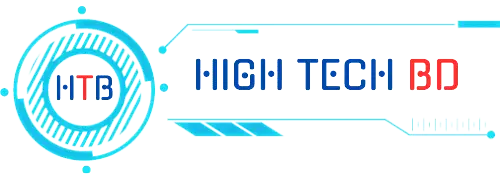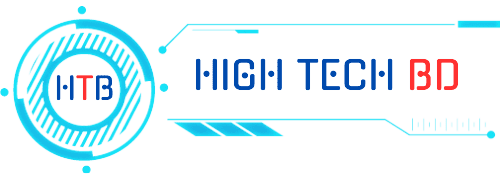In today’s fast-paced digital landscape, modern web design plays a pivotal role in establishing a brand’s online presence. It blends aesthetics with functionality, creating websites that not only look stunning but also offer seamless navigation, fast performance, and user-centric experiences. Whether you’re a business owner, a creative professional, or an e-commerce entrepreneur, having a modern, responsive, and optimized website is essential for reaching your target audience and achieving your goals.

Key Features of Modern Web Design
- Responsive Design
Modern websites adapt seamlessly to various devices, including desktops, tablets, and smartphones. This ensures an optimal viewing experience for users regardless of the screen size, helping businesses cater to the growing mobile audience. - Minimalistic Aesthetics
Simplicity and clarity are at the heart of modern web design. Clean layouts, ample white space, and purposeful use of colors and typography create a visually appealing interface that avoids clutter. - Fast Loading Speeds
Users expect websites to load within seconds. Modern web design incorporates optimized images, efficient coding practices, and robust hosting solutions to deliver lightning-fast load times. - User-Centric Navigation
Intuitive menus, clear call-to-action (CTA) buttons, and logically organized content make it easy for users to find the information they need quickly, enhancing their overall experience. - SEO Optimization
A modern website is built with search engine optimization (SEO) in mind. Clean code, meta tags, alt text for images, and keyword-optimized content ensure the site ranks well on search engines, driving organic traffic. - Engaging Visuals
Modern web design embraces high-quality visuals, including images, videos, and animations, to captivate users and communicate brand messages effectively. These elements are strategically used to complement the content and engage visitors. - Accessibility
An inclusive web design ensures that everyone, including individuals with disabilities, can access and interact with your website. Features like screen-reader compatibility, keyboard navigation, and alt text contribute to this inclusivity. - Integration with Modern Tools
From chatbots and customer relationship management (CRM) systems to analytics and social media feeds, modern websites seamlessly integrate with third-party tools to enhance functionality and user engagement.
Why Modern Web Design Matters
The internet is the primary touchpoint for many businesses, making your website your digital storefront. A poorly designed site can result in lost opportunities, higher bounce rates, and diminished credibility. Modern web design ensures your site leaves a lasting impression while driving conversions and building trust with your audience.
Here’s why investing in modern web design is a game-changer:
- Enhanced User Experience (UX): Smooth navigation and responsive layouts keep visitors engaged.
- Improved Search Rankings: SEO-friendly design boosts visibility, ensuring you reach more potential customers.
- Higher Conversion Rates: Clear CTAs and a visually appealing interface encourage users to take desired actions.
- Brand Credibility: A modern website instills trust and showcases your professionalism.
- Competitive Edge: Stay ahead of competitors with an up-to-date, cutting-edge design.
Trends in Modern Web Design
Staying current with the latest trends ensures your website remains relevant and impactful. Some of the most prominent modern web design trends include:
- Dark Mode Design
Offering a sleek, modern look while reducing eye strain, dark mode has become a popular choice for many websites. - Micro-Interactions
Small, subtle animations or hover effects enhance user engagement and provide feedback on interactions. - Bold Typography
Oversized and creative fonts grab attention and help communicate the brand’s personality. - Custom Illustrations
Unique, hand-drawn illustrations add character and authenticity to a website, setting it apart from generic templates. - 3D Elements and AR/VR Integration
Advanced visuals, including 3D graphics and augmented/virtual reality features, create immersive user experiences. - Sustainability Focus
Eco-friendly web design prioritizes energy efficiency, such as minimal data transfer, to reduce a site’s carbon footprint.
The Future of Modern Web Design
As technology evolves, so does web design. Artificial intelligence (AI), machine learning, and advanced analytics are set to revolutionize how websites are built and personalized. Features like voice search optimization, predictive UI, and AI-driven chatbots are becoming increasingly common.
Moreover, sustainability will play a significant role, with designers focusing on creating energy-efficient websites that align with environmentally conscious practices.



